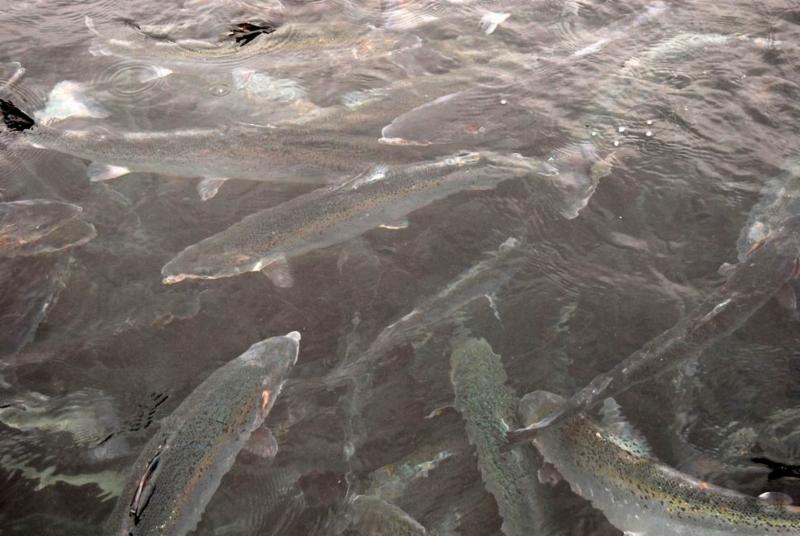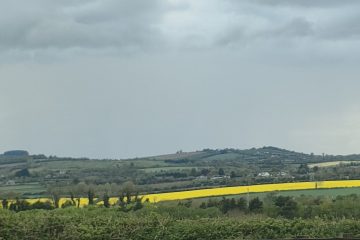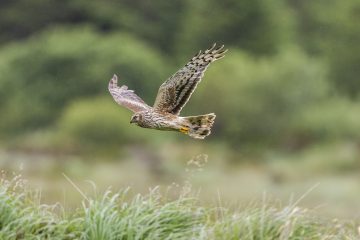Six Irish birds AT RISK from more slash and burn
[cs_section id=”” class=” ” style=”margin: 0px; padding: 45px 0px; ” visibility=”” parallax=”false”][cs_row id=”” class=” ” style=”margin: 0px auto; padding: 0px; ” visibility=”” inner_container=”true” marginless_columns=”false” bg_color=””][cs_column id=”” class=”” style=”padding: 0px; ” bg_color=”” fade=”false” fade_animation=”in” fade_animation_offset=”45px” fade_duration=”750″ type=”1/1″][cs_text id=”” class=”” style=”” text_align=””] 4th of February 2016
Hedgerows and uplands provide a vital refuge to many native wildlife species. Proposed changes to the wildlife act would include burning of vegetation in March and the cutting of hedgerows in August.
Existing rules outline how landowners have six months between September and February to manage hedgerows and uplands effectively and there is provision for hedge cutting for safety on our roads. By allowing burning of our uplands into March, nesting activities of sensitive upland ground-nesting birds will be affected along with the breeding success of these populations. A decision such as this is unjustifiable, it will result in a severe blow to many wildlife species a lot of which are already endangered, furthermore this goes against advice provided by Birdwatch Ireland, An Taisce and the Irish Wildlife Trust.
Some species will be affected by the cutting of hedgerows while some ground nesting birds will be impacted by the extended burning.
Upland breeding birds are facing a severe decrease in numbers with several species now of Conservation Concern, including the red-listed Curlew, Golden Plover and Meadow Pipit. The Breeding Curlew population decreased by almost 80% in the last 40 years. Other birds such as the Green Finch, Linnet and the Skylark would also face a decline in their numbers if the proposed changes to the wildlife act were to be implemented. Its essential that proper hedgerows and upland management regimes that works for farming, road safety and wildlife. [/cs_text][x_button size=”large” block=”false” circle=”false” icon_only=”false” href=”http://www.birdwatchireland.ie/LinkClick.aspx?fileticket=HQ81IUXDZG0%3D&tabid=1439″ title=”” target=”” info=”none” info_place=”top” info_trigger=”hover” info_content=””]Click here to view the BirdWatch Ireland submission on changes to the Wildlife Act [/x_button][/cs_column][/cs_row][/cs_section][cs_section id=”” class=” ” style=”margin: 0px; padding: 45px 0px; ” visibility=”” parallax=”false”][cs_row id=”” class=” ” style=”margin: 0px auto; padding: 0px; ” visibility=”” inner_container=”true” marginless_columns=”false” bg_color=””][cs_column id=”” class=”” style=”padding: 0px; ” bg_color=”” fade=”false” fade_animation=”in” fade_animation_offset=”45px” fade_duration=”750″ type=”1/1″][x_slider animation=”slide” slide_time=”7000″ slide_speed=”1000″ slideshow=”false” random=”false” control_nav=”false” prev_next_nav=”true” no_container=”false” ][x_slide]
Curlew (Numenius arquata)
These species are winter visitor to wetlands throughout Ireland, as well as breeding in small numbers in floodplains and boglands. The largest wader – very distinctive with long legs, bulky body, long neck and long decurved bill. They are fairly uniform greyish brown, with bold dark streaking all over. Red-listed in Ireland due to its small and declining breeding population. The European population is experiencing similar problems and has been evaluated as declining. It is likely that increased afforestation and agricultural improvement are responsible for the declining population of this species.[/x_slide][x_slide]
Greenfinch (Carduelis chloris)
This species are common and widespread throughout Ireland. A robust finch, with large head, massive bill and shortish tail. The tail is forked, dark at the tip and centre and yellow on the sides. They are found mainly in farmland and around towns and parks. A common garden bird, often occurring in large flocks. Green-listed in Ireland. The European population is regarded as Secure by BirdLife International. They have been affected by outbreaks of Trichomoniasis recently.[/x_slide][x_slide]
Skylark (Alauda arvensis)
Skylarks are a common resident throughout Ireland in uplands and areas of farmland, especially cereal. They are amber-listed in Ireland. Their numbers have been depleted in Europe, due to a large historical decline. A rather non-descript species, with much brown and black streaking.[/x_slide][x_slide] Meadow Pipit (Anthus pratensis)
Meadow Pipit (Anthus pratensis)
One of the commonest bird species in Ireland, favouring rough pastures and uplands. Green-listed in Ireland. The European population is considered to be Secure. A very non-descript bird when seen in the field. Meadow Pipits are brown above with black streaking on a white breast and belly. The beak and legs are pinkish. It looks very similar to a Skylark, but that species is slightly larger than a Meadow Pipit and has a broad white stripe above the eye.
[/x_slide][x_slide] Yellowhammer (Emberiza citronella)
Yellowhammer (Emberiza citronella)
This species is a declining resident mainly in the east and south of Ireland. Strongly tied to cereal cultivation. Red-listed in Ireland due to a decline in the breeding range and population. The European population has been evaluated as secure. Adult summer males are a stunning yellow colour on the head and underparts, appearing unlike any other Irish breeding bird species. Has an indistinct reddish-brown breast band and some faint black streaking along the flanks. The back and wings are brown with extensive black streaking. The rump is reddish-brown.[/x_slide][x_slide]
Linnet (Carduelis cannabina)
This species are widespread throughout Ireland.Amber-listed in Ireland due to concern over the European breeding population, which has undergone a moderate recent decline. A typical finch, slightly smaller than a Chaffinch. Has a medium-length grey bill. Linnets are social birds and can be seen in small groups throughout the year. Frequently perches on exposed sites, eg telephone wires, tops of gorse or bare tree before dropping down to feed on the ground.
[/x_slide][/x_slider][x_author title=”About the Author” author_id=””][/cs_column][/cs_row][/cs_section]







